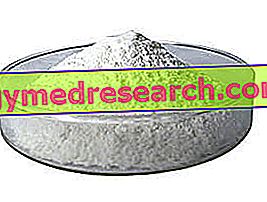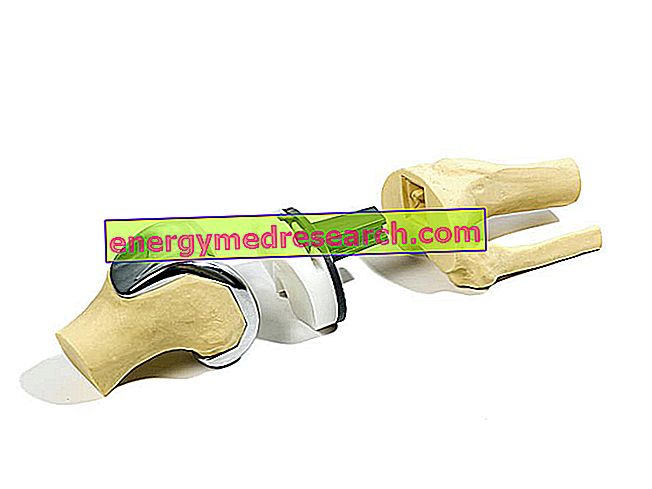What is that
Self-induced vomiting is a voluntary practice of triggering the gastric expulsion mechanism.
Vomiting Mechanism
From a physio-pathological point of view, vomiting is a mechanism activated by the stimulation of a particular nerve center by the digestive system or even by the balance system.

Causes
Self-induced vomiting can be obtained by stimulating the pendulous veil with the fingers or even using a foreign body (eg with the toothbrush handle). It is a behavior typical of eating disorders (DCA) and seems widespread ESPECIALLY in Bulimia Nervosa (BN), although about half of the nervous anorexics (AN) practice it regularly.
- Psychologically, self-induced vomiting is a form of release from post prandial guilt or consequent loss of control over food (binge binge or symptomatology). In eating disorders, self-induced vomiting is a method of controlling weight and / or physical appearance; therefore, in psychiatric diagnostics it represents a fundamental evaluation criterion.
Self-induced vomiting in Bulimia Nervosa (BN)
In BN, self-induced vomiting (together with laxatives, diuretics and enteroclisms) constitutes an element of differentiation between subtype WITH ELIMINATION CONDUCT and subtype WITHOUT ELIMINATION; in the second case, the practice of self-induced vomiting is replaced by compulsive physical activity and fasting.
Self-induced vomiting in Anorexia Nervosa (AN)
In the AN, self-induced vomiting (together with laxatives, diuretics and enteroclisms) constitutes an element of differentiation between the subtype CON HAMMERED REGULARLY ASSOCIATED WITH CONDUCT OF ELIMINATION and subtype WITH RESTRICTIONS.
Self-induced vomiting in eating disorders Not Otherwise Specified (NAS)
Even in the diagnosis of NAS, self-induced vomiting is a fundamental element for the pathological identification of diseases that do not meet all the diagnostic criteria of a specific eating behavior disorder.
Symptoms and Signs
To recognize a subject who regularly practices self-induced vomiting, it is essential to carefully observe some typical signs:
- SIGN OF RUSSEL: calluses and abrasions in the hand used to produce self-induced vomiting; it is caused by the repeated friction of the incisors on the back of the hand, and by the flaking of the nails and the skin due to repeated exposure to the gastric pH.
- DAMAGE TO THE TEETH, TO THE GENGIVES AND TO THE LANGUAGE: consequent to the wearing effect of the gastric juices on the enamel of the teeth and on the mucous membrane of the mouth.
- LACERATIONS OF THE LIPS AND CORNERS OF THE MOUTH
- FETOR OF BREATH
Complications
Regular self-induced vomiting can lead to various physical complications; among the most frequent we remember:
- Ulcerative lesions of the esophagus and stomach, rupture of the stomach, reduction of intestinal motility and chronic digestive difficulties.
- Abrasive and subsequently infectious lesions of teeth and gums.
What to do
Recall that the practice of self-induced vomiting is a clear symptom of emotional distress and therefore constitutes a serious alarm bell for the onset of a eating behavior disorder; absolute promptness is recommended in reporting and / or addressing the critical condition by interviewing a specialist in order to minimize the risk of chronic disorder.
Bibliography:
- Manual of psychiatry - S. Elisei, P. Moretti, C. Irenze - Mortacchi Editore - pag.214-215
- Cognitive behavioral therapy of eating disorders - C. Fairburn - EclPsi - page 379



